I almost got kicked out of an Urban Outfitters
This is the first essay in a two-part series on the relationship between fleeting girlhood, consumerism, and authenticity. Subscribe for part two! 🍊
I walked into the Urban Outfitters on Princes Street in Edinburgh sometime in mid-October. I don’t really go in there to buy, it’s just weirdly my favorite place to window shop. I say weirdly because I find myself flitting around, very rarely finding anything I actually want to wear and criticizing almost everything on any given shelf or rack.
To me, it all looks garish, like nothing would fall on me correctly. What would I be doing wearing a corduroy corset or a lacy skirt with frilly fringes under an oversized Metallica tee? I’m not in the business of not serving, so I leave those items where they belong: not anywhere near my body. I always think “this would look great on an influencer” with no particular influencer in mind, just that it would look great on a influencer.
I came of age in the 2010s, the aesthetics at the time, the big three as I saw them, were the hypebeast, the not like other girls, and the tumblr girl. You could find not like other girls and hypebeasts on the Tumblr website, but the Tumblr Girl was a different breed. She was grunge and when she wasn’t grunge, she was alternative, when she wasn’t grunge or alt, she was all American melancholia, when she adapted a little bit of all of these aesthetics, she was the Tumblr Girl’s slightly younger cousin the VSCO girl. Nevertheless, the best place to shop for these aesthetics were at Urban Outfitters, Brandy Melville, and American Apparel.
When I walked into those places in high school, I felt so uncool. My mom bought most of my clothes, and she had really good taste; I didn’t look busted, but I didn’t look like the girls in the American Apparel ads. This is to say, I looked like the 14-year-old I was.
When I started shopping for myself, I would walk into an American Apparel or an Urban Outfitters and feel so exposed. I’d stumble around looking for something that I could afford, that fit, and that my parents would let me wear. I bought two pairs of knit socks and a pair of stretch band tapered jeans that I lost a few months later ($105). After that I decided to stick to the rivers and lakes I was used to (the Forever 21 and H&M in the Montclair Plaza).
American Apparel doesn’t really have physical stores anymore, Brandy Melville is full of upper middle class teen girls on a rampage and after that Business Insider expose1, I dont want any part of it, but Urban Outfitters is still standing.
When I walked into the Princes Street store, Big Poppa by Biggie Smalls was playing over the loudspeakers. I paused the music in my airpods to listen, it was the clean version. Of course it was the clean version, I shouldn’t have expected anything else. But for some reason, this incensed me.
I think it was the fact that Urban Outfitters has always marketed itself as the edgy, hip brand to wear for middle class, predominantly white suburban kids who like to pretend they have an insatiable wanderlust, that they march to the beat of their own drum, the kids that hate their parents, and this town2. These kids are constantly commenting that they can’t tell the difference between fireworks and gunshots from the safety of their gated communities and suburban sprawls. In other words, the very kids that would sing along, n-words and all, to a Biggie Smalls song. It was so on the nose and so irritating.
Do you remember when Jesus threw a fit in the mall? At that moment, I was asking myself what my kindergarten teacher always told me to ask in times of moral opacity: what would Jesus do? The answer? I was ready to knock down the size XXXXS mannequins, rip up the overpriced fake band tees, throw the bucket hats out into the street, distressed (a term that just means a perfectly intact item of clothing was professionally ripped up by an underpaid garment worker) sweaters would fly akimbo. I was ready to scream at a waiting room attendant in a ribbed baby tee, baggy cargo pants, and micro bangs, banishing her from the store and boink one of those smug middle class kids over the head with a “Navajo print flask.”
But I went downstairs, checked out their home furniture section, rode the elevator back up and walked back home to write this instead.
This is one of those chicken and egg situations: did the cultural cosplay start with kids rapping along to lyrics and appropriating black and indigenous cultures? Or was it the corporations that made it cool and hip? My favorite episode of Daria season 3 episode 5, The Lost Girls offers an answer. It’s the one where the editor of a teen fashion magazine, the eponymous “Val” comes to town to hang out with Daria.
When Val arrives, the kooky vibe ramps up. Daria and her sister Quinn comment that she seems a little old for both her outfit and her brain. At dinner, she slips the rhetorical question “Do you think it’s easy being a wunderkind?” into a story she’s recounting between name dropping celebrities that she “soul-bonded and headclicked” with. When she says the word edgy, Daria’s dad Jake, a marketing exec complains about how everyone wants edgy nowadays.
As Val explains it, “edgy is going right up to the edge of the cliff and being able to see all the way down and dancing anyway.” Jake correctly responds with an irate “what the hell does that mean?!”
Val explains that she read one of Daria’s essays, that it encapsulated edgy, which is why she had to meet her. She asks Daria to explain edgy to her father.
“As far as I can make out, edgy occurs when middlebrow middle-aged profiteers are looking to suck the energy not to mention spending money out of the quote unquote youth culture, so they come up with this fake concept of seeming to be dangerous when every move they make is the result of market research and a corporate master plan.”
Everyone sits uncomfortably at the dinner table.
At school, Val contemplates writing about “cheerleading as the new yoga” but only because last year she wrote about yoga as the new cheerleading. When Jodie, Daria’s black friend asks Val during a Q&A if she thought the magazine could benefit from speaking to a multicultural, intersectional audience instead of just marketing to young (white) girls, Val says she has great “sassy energy.”
When Val starts to understand that Daria isn’t cool or popular, she trashes her in Val Magazine.
The episode is speculated to be based on Jane Pratt, the founder and editor of Sassy, then Jane, then xoJane, the last being a website. Art imitated life imitated art when in 2011, Pratt started the site and brought on 14-year-old Tavi Gevinson to consult (the Daria episode aired in 1999).
In a profile of the site’s launch Taffy Brodesser-Ackner pens for the Los Angeles Times, the writing is on the wall: this site was on a one-way train to the graveyard where all of Pratt’s other publications reside.
Her mentees turned colleagues explained that the site is so far from what initially drew and inspired them to writing. Sassy was intimate and caring, like that older cousin who always checked in, explained how you flirt with boys, rejoiced and commiserated whatever whenever you needed her. Jane was like the salon, everyone in conversations ranging from deep and profound to frivolous and superficial — but always taken seriously — about workplace drama and their love lives, the trials and tribulations of everyday womanhood. But in a retrospective of the magazine for the New York Times, Kara Jesella and Marisa Meltzer explain that Jane was overdue to fall out of fashion.
Jane was the first mainstream magazine to usher in a new kind of feminine persona for the Mary Tyler Moores of the 21st century. This was a woman — actually, she would have called herself a girl — who maxed out her credit card on clothes from American Apparel and H & M. She ate doughnuts and drank beer. She had one-night stands. And the magazine told her not to worry about it….It celebrated countercultural tastes, but in a glossy package.
But do people, in this case well-read, college educated women aspiring to “have it all,” want that from their magazines? From their consumer experience? Or is it transparently patronizing? Jesella and Meltzer explain:
“Readers and would-be readers often couldn’t decide if Jane was better than other women’s magazines or if, because it knew better, it was worse. Some thought it was too consumerist, that it celebrated a cloying brand of quirkiness for its own sake, that it spoke in some sort of inane urban girl patois and that it eschewed real feminism for you-go platitudes about drinking and sex.”
Pratt ended up leaving Jane in 2005 as Conde Nast was attempting to pivot in order to attract advertisers.
“In marketing materials Jane promised it now appealed to a “pretty/fun/optimistic” generation rather than “anti-establishment/angry/slackers.” But advertisers still deserted the magazine over the next two years…It was the best of what a lot of women thought of as a bad bargain. In the end, that wasn’t good enough.”
In this way, I feel like history is repeating itself 20 years later, packaging itself as another example for the 20-year rule.
If I could tell myself from high school one thing, it would be to not waste any time coveting the aesthetics of girls in the ads. After years of retail clothing stores racking up controversy after controversy, scandal after scandal in a desperate bid to be the edgy representation that the Connors and the Jessicas of the world needed, playing the clean version of songs by rappers who grew up in abject poverty, neglected by the education system, who were coerced by their circumstances to make and sell drugs, who were subject to intercommunal violence on top of state violence and did not fuck with the suburban white people that wouldn’t spit on them if they were on fire is as edgy as its going to get. Urban Outfitters is indeed going right up to the edge of the cliff, seeing all the way down, and dancing anyway!
Hey, part two is out now, you can read it below.
The expose is behind a paywall, if you really want to read it, email or DM me!
This is a reference to a popular Tumblr textpost meme that I can’t find anywhere!!! If you can find it please send it over!



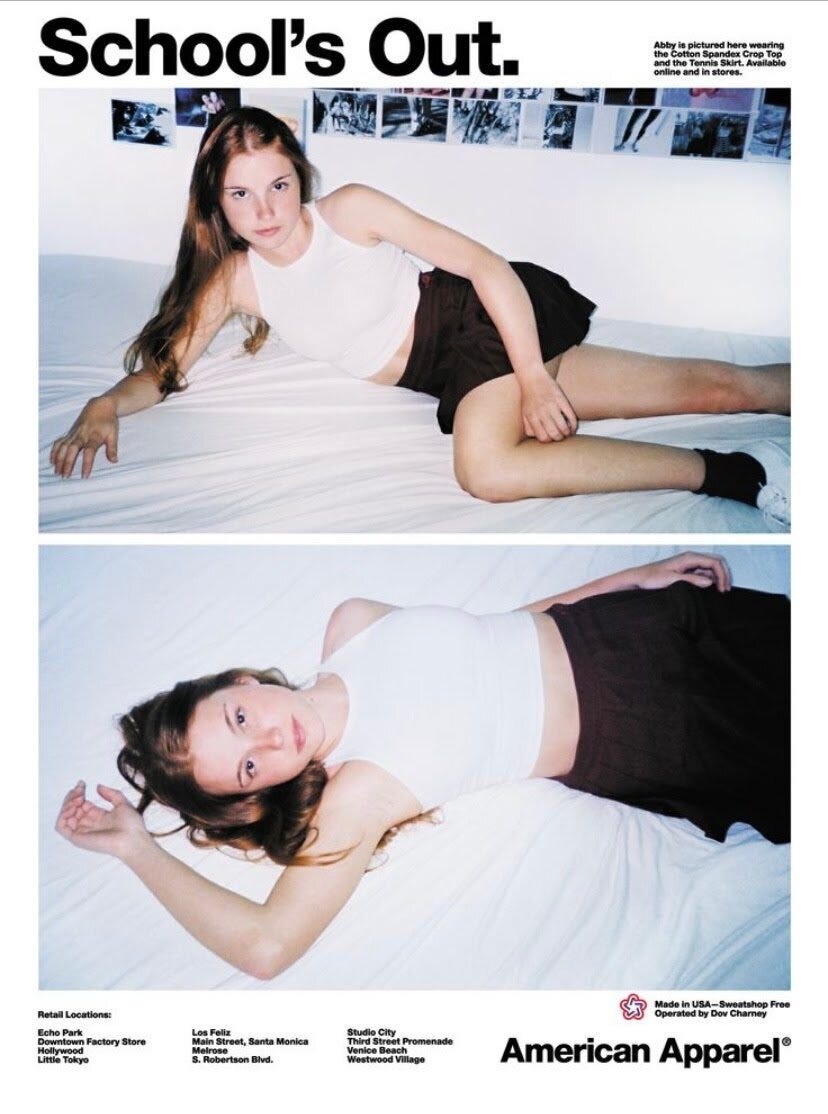
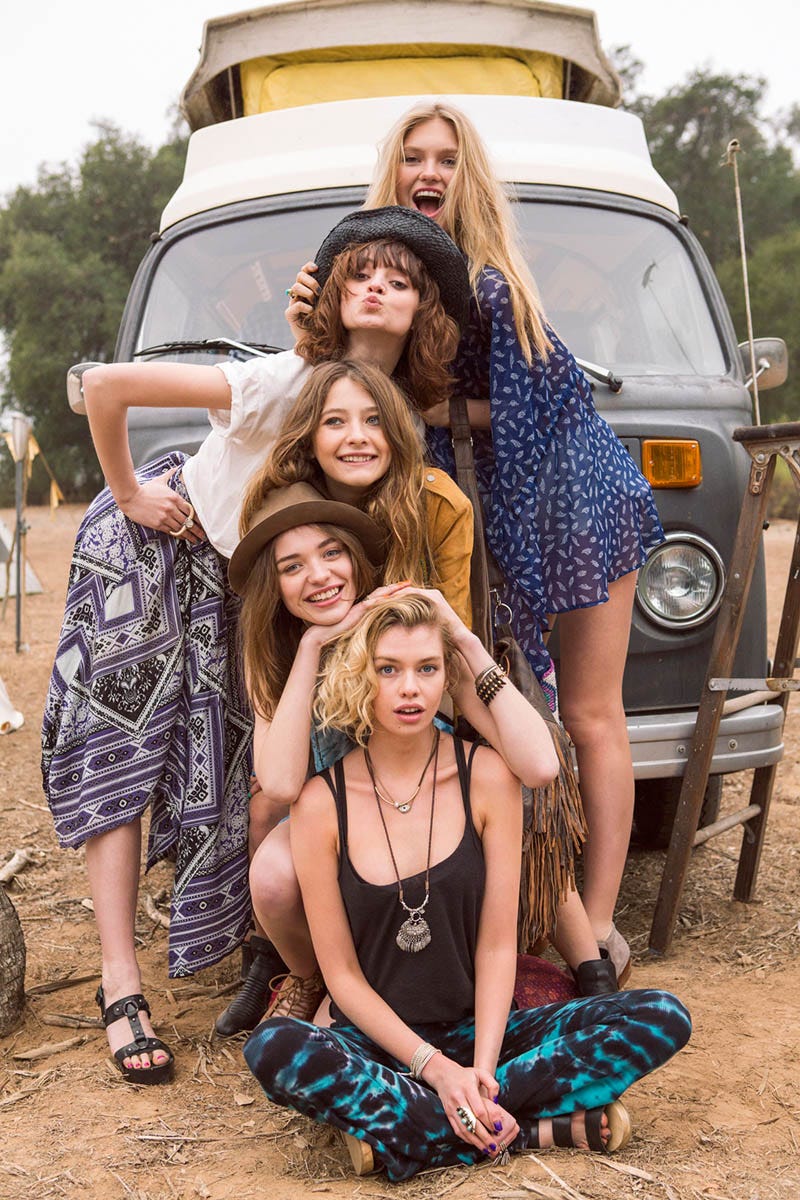
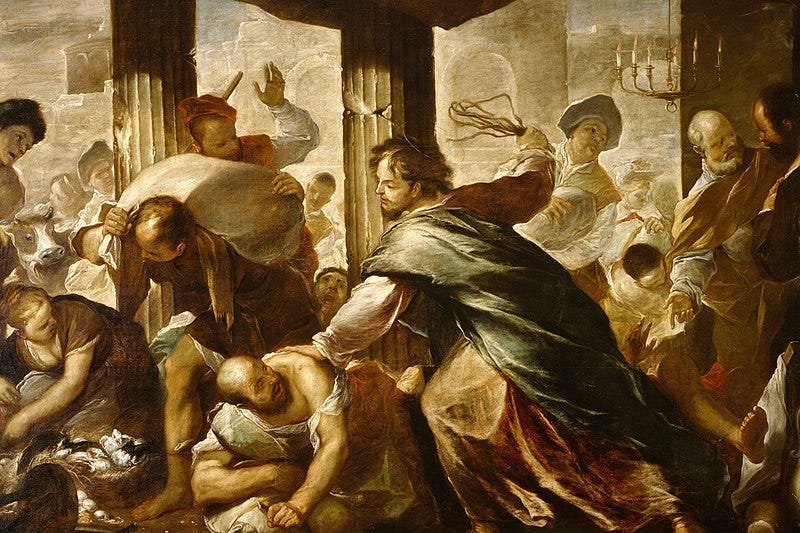
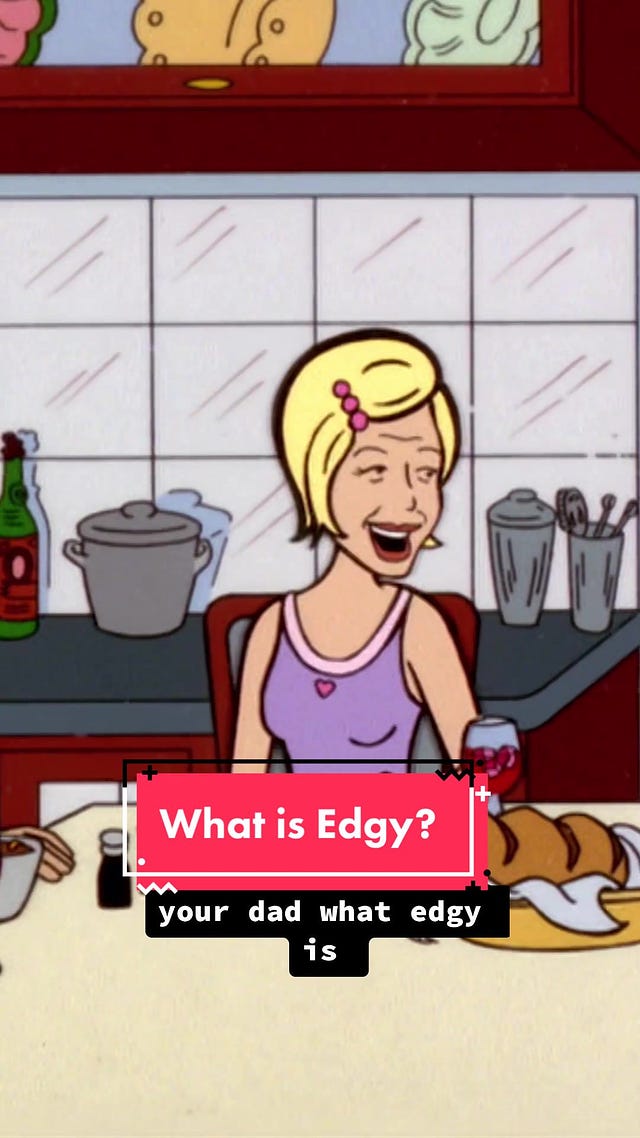

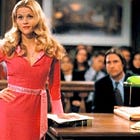
this is so real i always walk into the princes street urban outfitters lowkey thinking that im cool or hip enough to wear any of the clothes and then my face contorts in disgust because evrything looks the same. not to mention that place is one of the messiest stores i have ever walked into